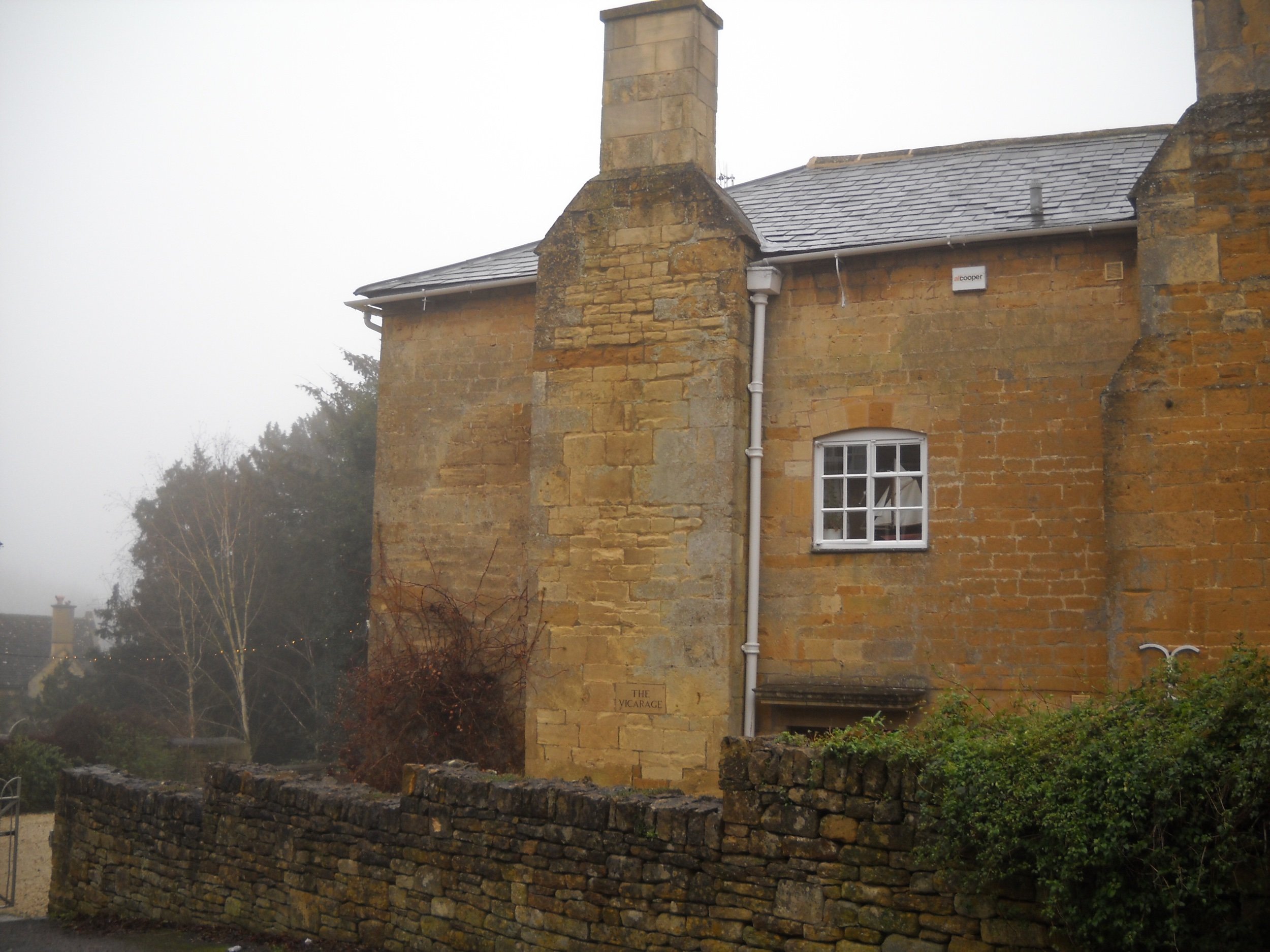What Are The Types of Land Development?
The “Types” of land development?
We can can categorize land development into four different types in my experience:
Major land development
Minor land development
Group land development
Regional land development
In doing some research for this article I randomly picked an eastern U.S. county as a test subject. Their definition of the different types of land development are similar to what I have seen before in the Southeast and also back home in the Pacific Northwest, so it’s a decent representative example in my opinion.
Land development is governed by regulations to establish uniform standards for development submittal, processing and review. The regulations serve to create the design and construction standards for land development projects and all of the requirements that go along with it.
We might tend to create our own “minds-eye” definition of what a major land development type is, but in reality it is frequently defined by the unit density proposed and/or the traffic impacts. As we’ll see, what might seem minor to us, might be major to them.
Let’s take a look:
Major Land Development:
Our test county defines major development as follows: “Subdivisions of land consisting of over ten (10) lots, rental or lease projects of over 10 lots/units, manufactured home developments whether rental or lease over 10 lots (also known as mobile home parks), and developments that involve the creation or extension of any private road exceeding 1800 feet or the creation of any new public roadway.”
Holy smokes, that’s major? Ten stinking lots and 1800 ft of road! In fact, the answer is yes in this example and points out a really good reason not to underestimate the heightened review process that may come along with it. All of a sudden you’re a developer of a “major project” the second you hit Lot 11 or 1801 ft of private road.
Well if that’s major, what’s Minor?
Minor land development:
Rather than quote the regulations again, I’ll summarize it by saying it’s 10 or fewer lots or units, as you would expect. This county goes on to further define minor as commercial, industrial or office developments producing between 1,000 and 5,000 average daily trips (ADT).
Remember - the regulatory focus for “typing” land development in this example is on proposed density and traffic impacts.
Group and Regional Developments:
Group developments in our example are multi-family projects where unit density and multiple buildings are proposed on the same parcel, along with condos where there is individual and common ownership. This county determines a proposal (regardless of the kind of project) to be regionally significant when it generates over 5,000 average daily trips (ADT).
Again - proposed density and traffic impacts…
Why should I care?
We should care about knowing the type of land development to be reviewed by the county/city because it has a direct effect on the regulations that will be applied to the proposed project. Also, the project’s complexity during review. Complexities mean more variables that can result in cost overruns in both dollars and time.
If I was planning a subdivision application in the test county we looked at and my density yield could be 11 as a major project, or 10 as a minor project, it just might be a decent idea to consult with my engineer and land use attorney to see whether that 11th density unit is really worth the extra grind. Maybe so, maybe not. No matter, it’s worth it to find out.
Traffic impacts have always been a haunting presence in my land development career and I’ve paid my fair share in traffic studies, off-site improvements and fees. Let alone on-site considerations. That’s why it’s one of the first things I look at even during the pre-acquisition stage.
Types of land development:
Whether in pre-acquisition or pre-submittal the regulatory burden that a land developer will face in review can be tied very closely to specific lot/units and the impact on traffic. As we have seen in our test county, the impact of impervious surfaces like private roads within the project can also be a key factor. Be smart and conduct due diligence along with thoughtful project design using qualified professional advisement! Good Luck!
Contact me at: ldr@landdevelopmentrealities.com







